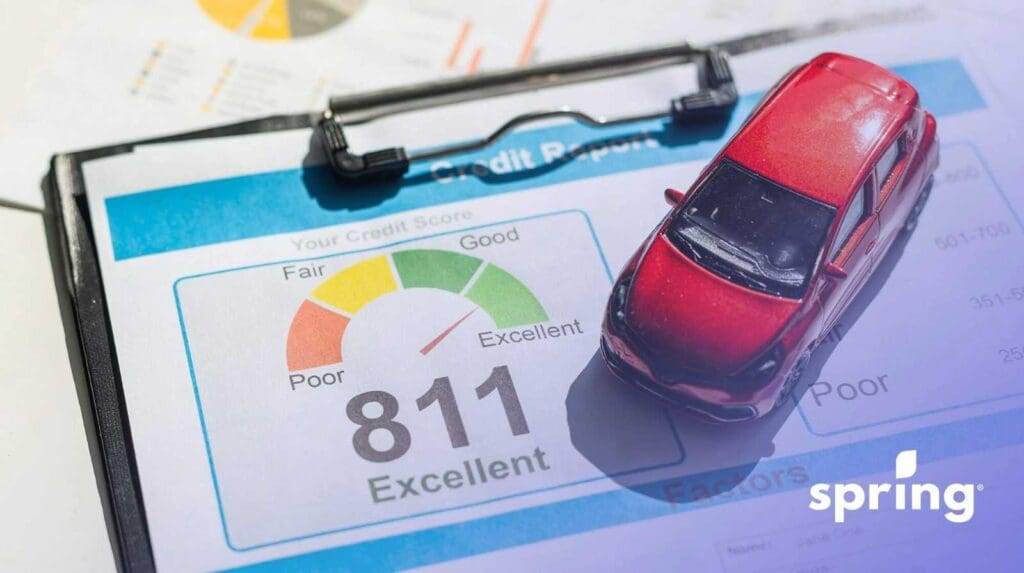The ACFB program provides direct financial assistance to eligible families with one or more children under 18 who fall into lower to middle-income brackets.
Like other benefits throughout the country, this particular benefit is non-taxable. It’s issued by the CRA on Alberta’s behalf, even though it’s a provincial program, and payments are received 4 times per year. Depending on the amount that you’re eligible for, the payments could be less frequent.
About the Alberta Child and Family Benefit
Applying for the ACFB in Canada is relatively easy. It actually doesn’t require an application for you to fill out at all. As long as you file your income tax return, you’ll be considered for it, and as long as you meet the eligibility criteria, you’ll be approved automatically. Generally, though, as long as you’re approved for the Canada Child Benefit, then you’re approved for the ACFB.
The eligibility criteria for the ACFB are:
- You must be an Alberta resident
- You must file a tax return
- You must meet the income criteria
- You must be a parent of at least 1 child under 18
The income criteria are based on how many dependents are in your household. Depending on how many dependents you have, your employment income can’t be more than $27,565 or $46,191. If your income exceeds these amounts, then your ACFB amount will be reduced. If your income earned exceeds the threshold by too much, then you are no longer eligible to receive ACFB.
Also, it’s important to remember that you need to keep filing your income tax returns to keep receiving your benefits.
Payment Amounts for ACFB
The amount you’ll receive for your ACFB benefits will depend on your family’s income level and how many children are in your household. That said, the 2025/2026 maximum annual amounts are:
| Number of Children | Base Component | Working Component |
| 1 | $1,499 | $767 |
| 2 | $2,248 | $1,465 |
| 3 | $2,997 | $1,883 |
| 4 or more | $3,746 | $2,021 |
To find out the exact amount that you’ll receive can be done using their payment calculator. You will need to be accurate in order to figure out how much you’ll receive, and the best way to do that is by using your family net income on your annual Notice of Assessment.
As we mentioned above, there are specific income requirements that make a difference to your payment amounts. For those receiving the base amount, if your family income is $27,565 or less, you’ll receive the total amount of the ACFB. If your income sits between $27,565 and $46,191, you’ll receive a reduced amount. If you’re receiving the working income component, you could receive the full amount as long as your annual family employment income is $46,191 or less. If your annual household income is above this amount, then your payment amount will be reduced.
Now that we’ve gone over the annual amounts let’s take a look at what those amounts are broken down into. Keep in mind that these amounts are based on the maximum amount that you can receive. You may receive a smaller benefit amount, depending on your income. This is referred to as a partial benefit amount.
| Children | Base Amount Monthly | Working Amount Monthly |
| For the first child | $124.91 | $63.91 |
| 2nd child | $62.41 | $58.16 |
| 3rd child | $62.41 | $34.83 |
| 4th child | $62.41 | $11.50 |
ACFB Payment Dates
For most who receive the ACFB, payments are directly deposited to their bank account. If the direct deposit information isn’t available, then a cheque will be issued instead. You should receive quarterly payments. If the payments being issued are $10 or less, then you could receive less than 4 payments per year as the payments will be combined. You’l continue to receive these benefits as long as you remain eligible.
For those receiving payments over $10, standard payments are issued in:
- August
- November
- February
- May
For 2026, the payment dates are:
- February 27, 2026
- May 27, 2026
- August 27, 2026
- November 27, 2026
Payment Delays of the ACFB
When it comes to your ACFB payments, they should arrive in your account on the days listed. That said, sometimes payment delays do happen. If you haven’t received your payment when it’s supposed to arrive, your best course of action is to contact the Canada Revenue Agency directly. That said, it’s recommended to wait at least 10 business days so it’s verified that the payment didn’t just have a slight delay. They’ll be able to figure out the reason for the delay and arrange payment.
2023 Notice for ACFB
As you may have noticed, the payments have increased considerably from 2022. This is due to the Inflation Relief Act. It’s been put into place to help make life more affordable for those who live in Alberta. That said, it isn’t the only form of financial relief. Those with families who have a total household income under $180,000 were able to apply for an additional payment of $100 per month for 6 months through Alberta child care subsidy. As of April 1, 2025 this ended and is only childcare at the reduced rate of $15 per day from some age groups.
The Alberta Family Employment Tax Credit
While the Alberta Child and Family Benefit started in 2016, there was another program in Alberta to help low-income Albertans. This program was the Alberta Family Employment Tax Credit. It has been around since 1997. The main difference from the ACFB is that this benefit was given to families with a working income. The ACFB can be given to those with or without working income; the benefit amounts you’ll receive will change, though.
The ACFB is the new consolidated program that offers a bit more flexibility than the old tax credit. Just like the ACFB, you were automatically considered when you filed your taxes. There’s no real difference for those who are transferring over; there’s just a broader amount of people who can be approved, though, allowing for more Albertans to get financial assistance.
Canada Child Benefit
In Canada, the federal government offers a tax-free benefit payment to families with children under the age of 18. This program is known as the Canada Child Benefit. This payment goes along with any provincial and territorial benefits that you could qualify for, as well as the child disability benefit (if you’re eligible). In fact, you apply for the CCB first, and then you can receive more benefits through your province or territory. Once you add the provincial/territorial benefit, you receive a greater benefit amount in total.
In order to be eligible for the Canada Child Benefit, you must:
- Live with a child under 18
- Be a Canadian resident for tax purposes
- Be primarily responsible for the child
Unlike the provincial and territorial child benefit payments, you have to apply for the Canada Child Benefit. It’s recommended that you apply for the CCB when:
- Your child is born
- Your child starts to live with you
- You get custody of your child
- You or your spouse or common-law partner meet the conditions to apply
It used to be that you didn’t need to provide proof of birth when you applied, but as of November 30, 2023, you now have to provide proof. When you apply, though, you can do so in one of three ways.
- Through birth registration
- By mail
- Online using your My Account
Payment Dates for the CCB
Unlike the ACFB, the CCB is a monthly payment. The payment amounts are different for everyone and are based on your annual household income. That said, no matter what you receive, the CCB payments will be deposited on the same day.
| Payment Month | Payment Dates |
| January | January 20 |
| February | February 20 |
| March | March 20 |
| April | April 20 |
| May | May 20 |
| June | June 19 |
| July | July 20 |
| August | August 20 |
| September | September 18 |
| October | October 20 |
| November | November 20 |
| December | December 11 |
Final Thoughts
No matter where you live in Canada, there are family benefits available to help those who are lower to middle income. If you live in Alberta, this benefit is the Alberta Child and Family Benefit. The amount you receive from the ACFB depends on your family’s net income. That said, it doesn’t impact the amount you get from the Canada Child Benefit.
When it comes to the ACFB, there’s no need to apply. As long as you file your taxes, you can receive the payments if you’re eligible. You do need to apply for the CCB, though. Once you’ve been approved for that, though, any provincial family benefits will be automatic.









